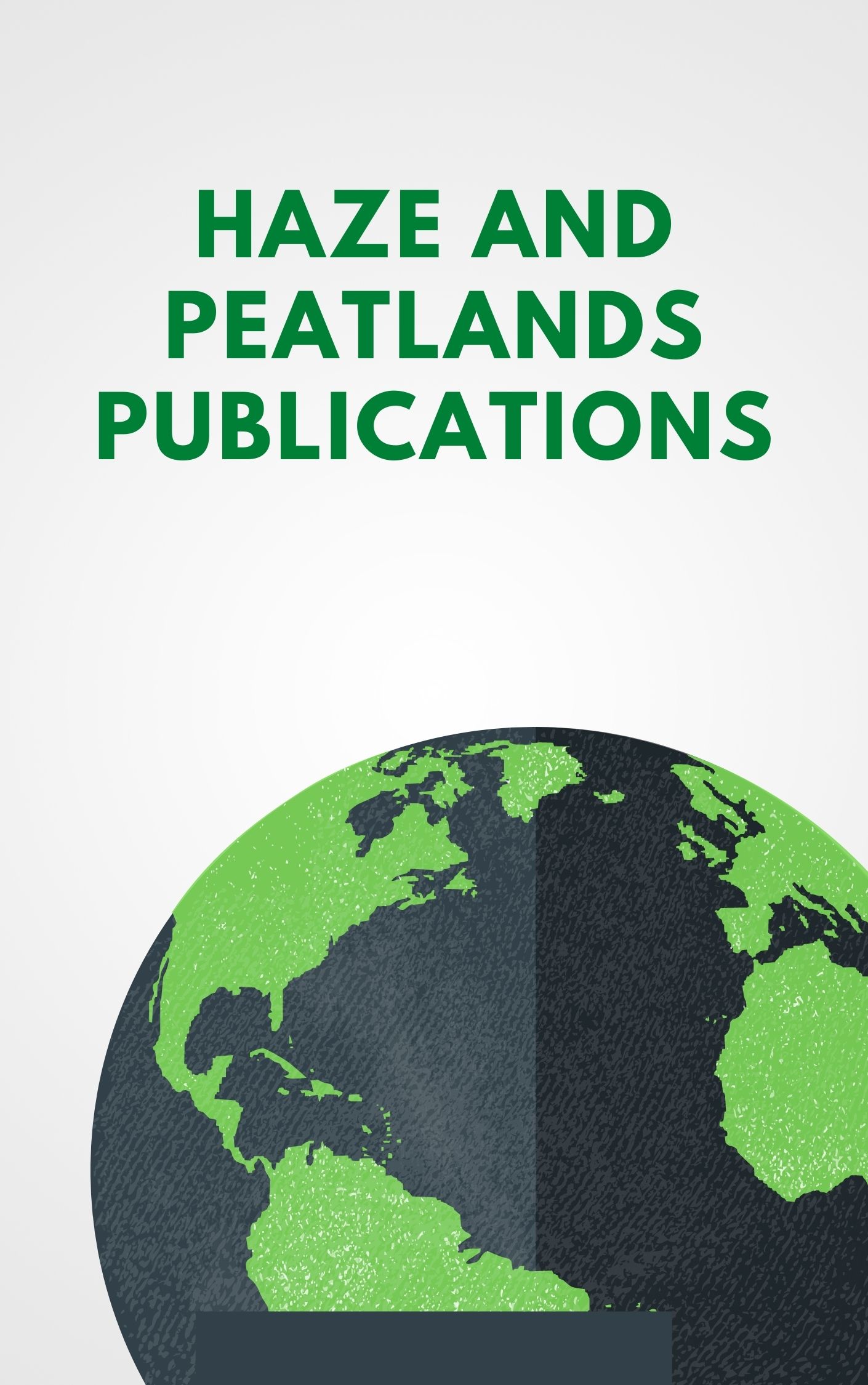This publication documents the conservation status of Pinus merkusii in Thailand and proposes a conservation plan for the species based on the concept of genecological zonation. The aim is to conserve the genetic variation within the species, i.e. to select a number of populations from different parts of the distribution area to be protected and managed. Genecological zonation is considered to be simple, fast and a relatively cheap tool in deciding on required conservation measures for a particular species based on already available information. This paper provides an overview of the various steps in planning and implementing conservation of the genetic resources of P. merkusii. A number of genecological zones are defined, and potential gene conservation stands identified to represent all zones in a network of conservation areas. The value of P. merkusii wood is relatively low compared to many hardwoods and it is not planted on a commercial scale in Thailand at present. Nevertheless, the genetic resources found within Thailand could be valuable for future reforestation of poor and degraded soils and of importance to breeding programmes in the neighbouring countries. Furthermore, it is an excellent model species to illustrate the elaboration of a conservation plan based on genecological zonation. P. merkusii occurs naturally in Southeast Asia where it is found in eastern Myanmar, Thailand, Lao PDR, Cambodia, VietNam, Indonesia and the Philippines. In Thailand, it is found mainly in lower montane forest in the north at altitudes between 600-1200 m or isolated on sandstone plateaus above 1000 m altitude; smaller stands are found in the lowland (70-170 m) of southwest and eastern Thailand. Genetic variation between stands is likely to occur because of the broad range of conditions for the species in Thailand. Provenance trials support the assumptions that differences between Thai provenances exist, which may reflect adaptation to different environmental conditions, or different evolutionary histories. It is therefore recommended to conserve a network of stands rather than a few stands only. The natural stands are widely exploited by local communities, primarily as a source of resin and for fire sticks. Furthermore, the widespread conversion of forest to farmland and frequent fires have reduced local populations of P. merkusii and today many stands are fragmented and declining. Especially the low-land stands, which have shown the best performance in provenance trials, are threatened with extinction within a few years. It is recommended to focus active conservation efforts on the lowland stands in eastern Thailand to make it an affordable and manageable task to conserve the most valuable, genetically distinct and highly threatened Thai provenances of P. merkusii. Since all lowland stands from the east are found in areas under high pressure from human activities, intensive conservation actions and involvement of local people are regarded as necessary measures for conservation of these provenances.

